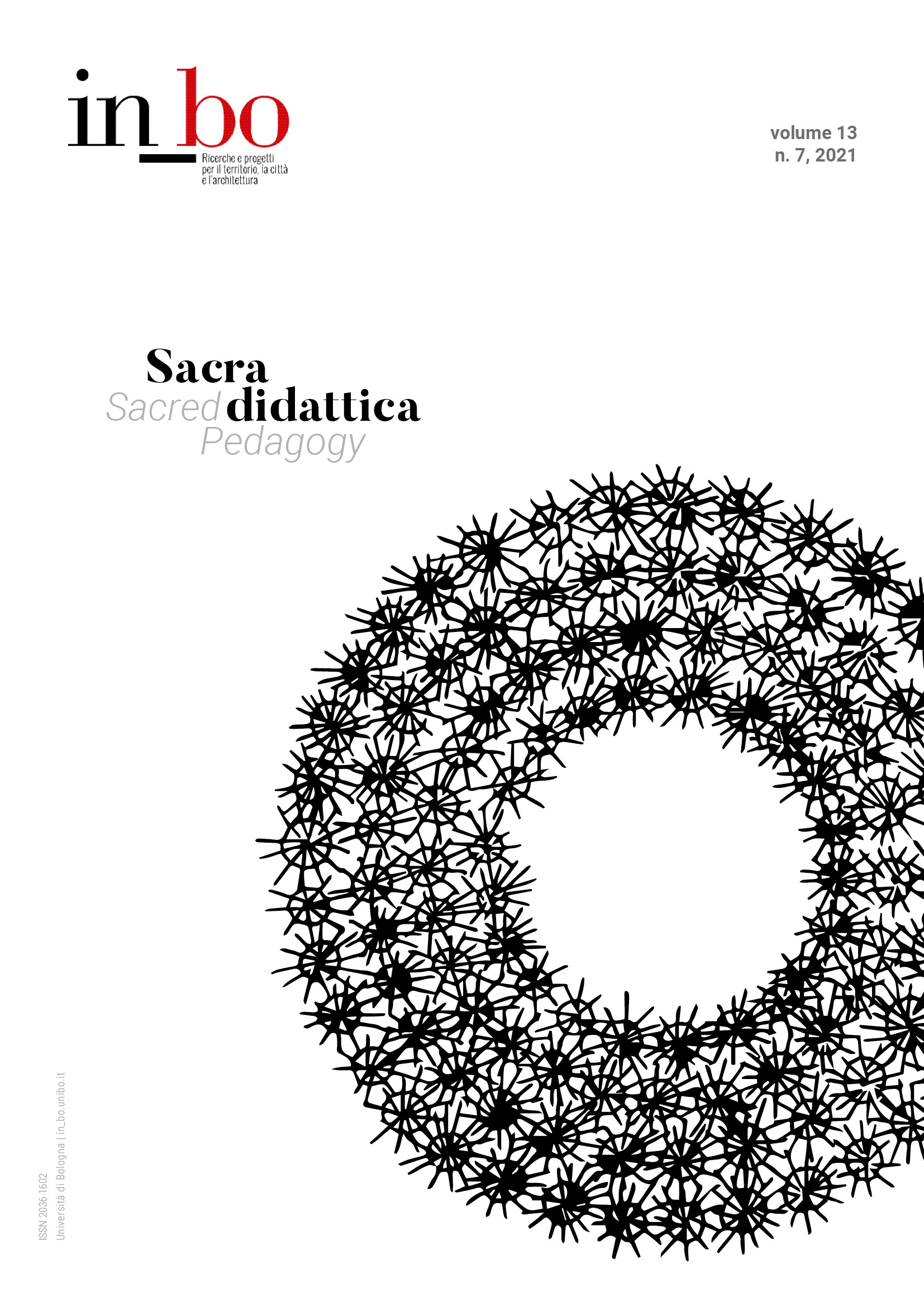Planning Education and Sacred Spaces. Re-establishing a Necessary Relationship
DOI:
https://doi.org/10.6092/issn.2036-1602/14852Keywords:
sacred spaces, urban rituals, planning education, migrationsAbstract
The relationship between planning education and sacred space is ambivalent. On one hand, urban history courses highlight the relationship between sacred space and the history of the city; on the other, contemporary planning has lost the sense of sacred space. The urban structure of the historical city follows the hierarchical articulation of religious architectures, characterizing the skyline and the organization of public spaces. This is true for the ancient city, but it is especially true for the medieval and modern city, whose aesthetic and compositional codes find their cornerstone in the integration between specialized religious buildings and the rest of buildings, such as housing, etc.. The relationship between city and sacred space is equally clear in the traditional Islamic city. However, planning has lost a sense of relevance of the sacred space in the contemporary city. This same relevance re-emerges today in many forms. This contribution affirms the need to re-establishing this relationship, in light of the urban transformations that have characterized cities in the last half century and of the changes that have affected the demographic structure of Italian cities in the last decades. Among the relevant issues for a potential pedagogy and research agenda, there is the relationship between sacred spaces, multi-ethnic society and identity, and the relationship between the production of space and the symbolic dimension of dwelling.
Downloads
Published
How to Cite
Issue
Section
License
Copyright (c) 2022 Giulio Giovannoni

This work is licensed under a Creative Commons Attribution-NonCommercial 3.0 Unported License.





